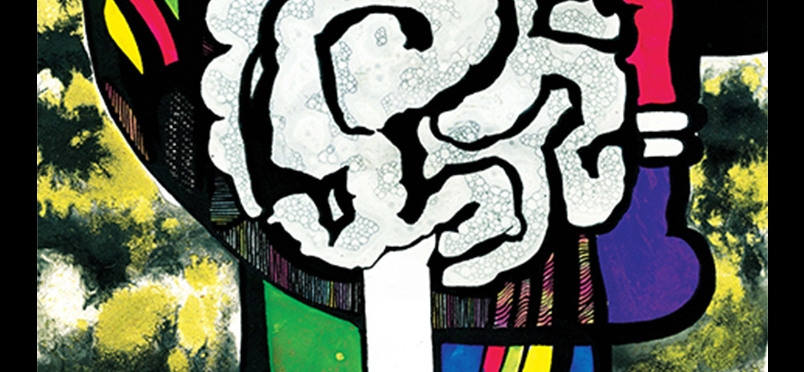| therapy
Treating Scoliosis Without Bracing or Surgery

Isometric Yoga Reduces Spinal Curvature by Restoring Muscle Balance
Manhattan Physical Medicine & Rehabilitation reports “strongly positive results” from new research into the effectiveness of 2 isometric exercise positions for decreasing degenerative and adolescent scoliosis curvature. Curvature reduction was sufficiently complete to obviate the need for bracing or surgery as treatment modalities. The studies demonstrated that the yoga-derived exercises work to asymmetrically strengthen the convex side(s) of lumbar and thoracic curves. A variation on the side plank pose is used for lumbar curvature and the half-moon pose for thoracic curves. Study author Loren Fishman, MD, stated, “This, my second clinical study using yoga for scoliosis, has three times as many patients as the first study, and confirms earlier significantly beneficial results. Also we now know that yoga can also work extremely well for osteogenesis imperfecta, a hereditary condition for which surgery is not suitable." The findings appear in the journal Topics in Geriatric Rehabilitation.
Scoliosis, or lateral curvature of the spine beyond 10 degrees, impacts an estimated 6 to 9 million people in the US. In addition to causing pain, scoliosis can adversely affect posture, gait, and other dimensions of physical function. In the 74-patient study, subjects practiced a modified form of the side plank or half-moon yoga poses daily for an average of 1.1 minutes per day. Subjects achieved an average 25% to 35% reduction in scoliosis curvature with results attained in 10 months for adults and 6 months for adolescents. Standard Cobb angles were used to record curvature change. The researchers attribute a possible mechanism of action to the influence of asymmetrical downward pull of the dorsal, abdominal, intercostal, and paraspinal muscles in provoking spinal curvature, and of the corrective effect of the exercise poses in strengthening the weaker side.
Read more about the study findings.
The journal article may be read here.
Did you enjoy this article?
Subscribe to the PAINWeek Newsletter
and get our latest articles and more direct to your inbox